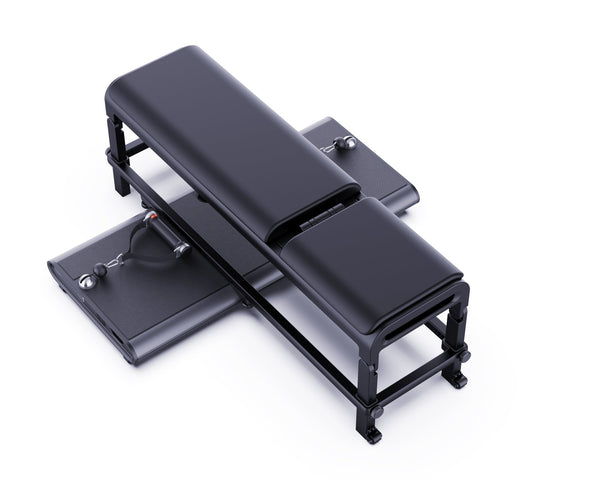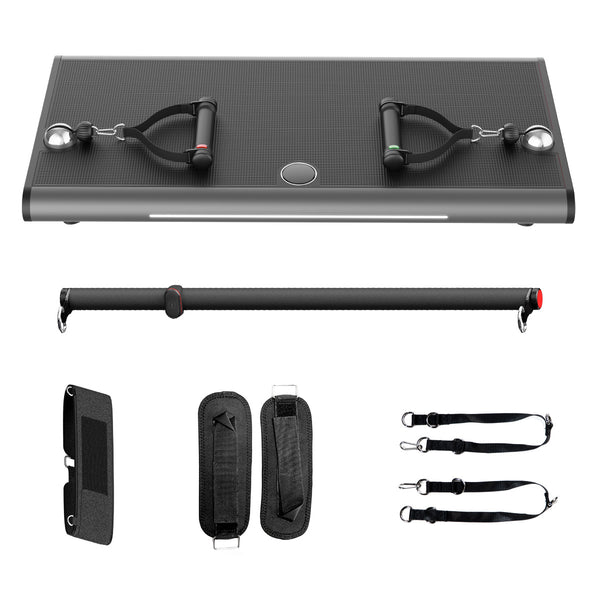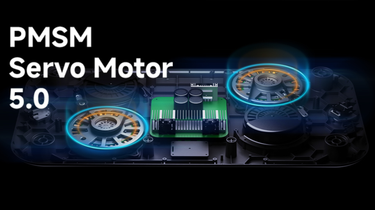Pair some text with a product to highlight features.
4 Resistance Different Modes
Multiple training modes, on-demand switching fat burning, shaping, muscle building, multi-dimensional to meet the fitness needs, and efficiently enhance the training effect; suitable for more people to use, beginners, professional fitness enthusiasts and so on;




Why Choose INNODIGYM P1
-
![]()
MINIMAL DESIGN-6CM/2.4 INCH
Adopting ultra-thin design and aluminum alloy integrated die-casting
-
![]()
Stereo 5w Blueto-Oth Amplifier
The Stereo 5W Bluetooth Amplifier delivers powerful sound in a compact design. Enjoy wireless audio streaming with Bluetooth connectivity.
-
![]()
5.0 Disc Type Servo Motor
Experience unmatched precision with Innodi P1, powered by our 5.0 Disc Type Servo Motor. Elevate home workouts with this advanced, durable tech.
-
![]()
Security Protection Mechanism
Multiple Protection Mechanisms Enabled by Advanced Artificial Intelligence: Enhanced Security Features
-
![]()
Safety Button
Safety buttons on both handles and the bar. It act as afailsafe mechanism,instantly releasing the weights when the load becomes challenging.
-
![]()
Aerospace Materials
levate your home gym with the Innodi P1 series, utilizing aerospace materials for unmatched strength and longevity.
For anyone serious about strength training, a lifting belt is a valuable tool that can enhance both performance and safety. While lifting belts are often associated with advanced lifters, they can benefit individuals at any skill level when used properly during heavy lifting.
The primary purpose of a lifting belt is to provide additional support to your lower back and core during compound movements like squats, deadlifts, and overhead presses. When lifting heavy weights, your core stabilizes the spine, and a lifting belt helps reinforce this stability by increasing intra-abdominal pressure. This creates a more rigid trunk, reducing the strain on your lower back and decreasing the risk of injury.
One of the main benefits of wearing a lifting belt is the ability to lift heavier weights safely. By supporting your core, a lifting belt allows you to engage more muscles effectively, which can lead to improved performance in exercises that require a strong core, such as deadlifts and squats. Many lifters report that using a belt gives them extra confidence when handling heavier loads.
However, it's essential to understand that a lifting belt should not be relied on to replace proper form or technique. It's a tool meant to assist you during max lifts or high-intensity sets, but maintaining proper posture, alignment, and muscle engagement is always crucial to avoiding injury.
When choosing a lifting belt, it’s important to consider the size and material. Most belts are made from leather or nylon, with leather belts offering more durability and support, especially for heavy lifting. Nylon belts, on the other hand, tend to be more comfortable and flexible, making them suitable for a wider range of exercises.
The fit of the belt is also critical. A good lifting belt should be snug around your waist without restricting your breathing or range of motion. Ensure that the belt fits securely but allows you to engage your core muscles fully for maximum benefit.
Incorporating a lifting belt into your strength training routine can lead to significant gains in both performance and safety. Whether you're pushing for a personal best in the squat rack or aiming for better overall core stability during your workouts, the right lifting belt can make a substantial difference. Remember, it’s not just about lifting heavier but lifting smarter and safer.






































